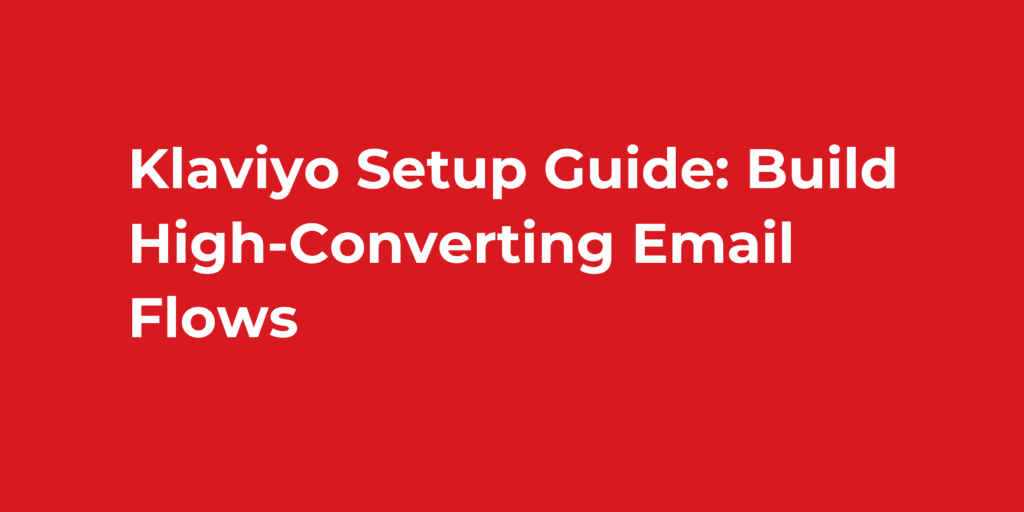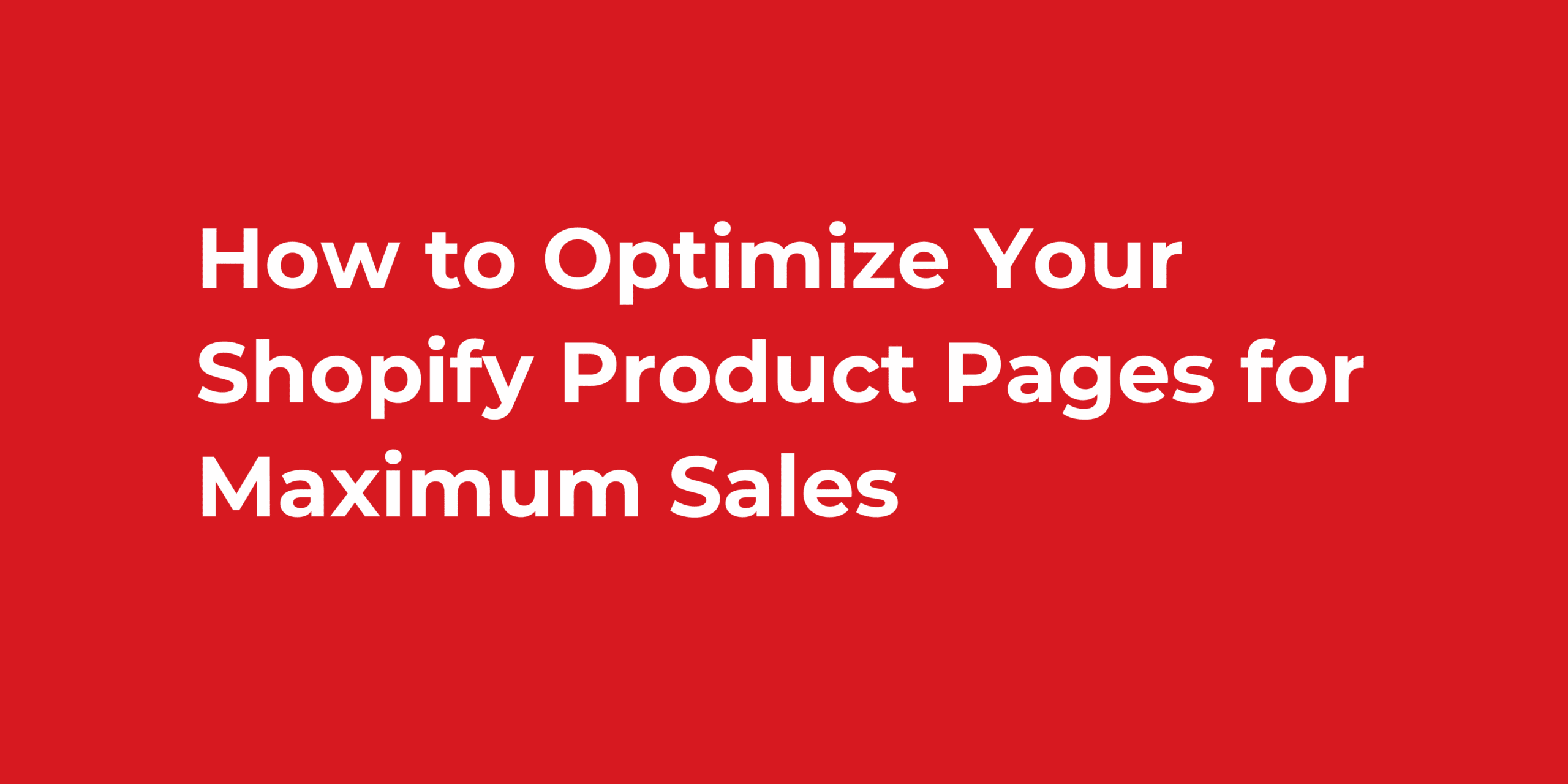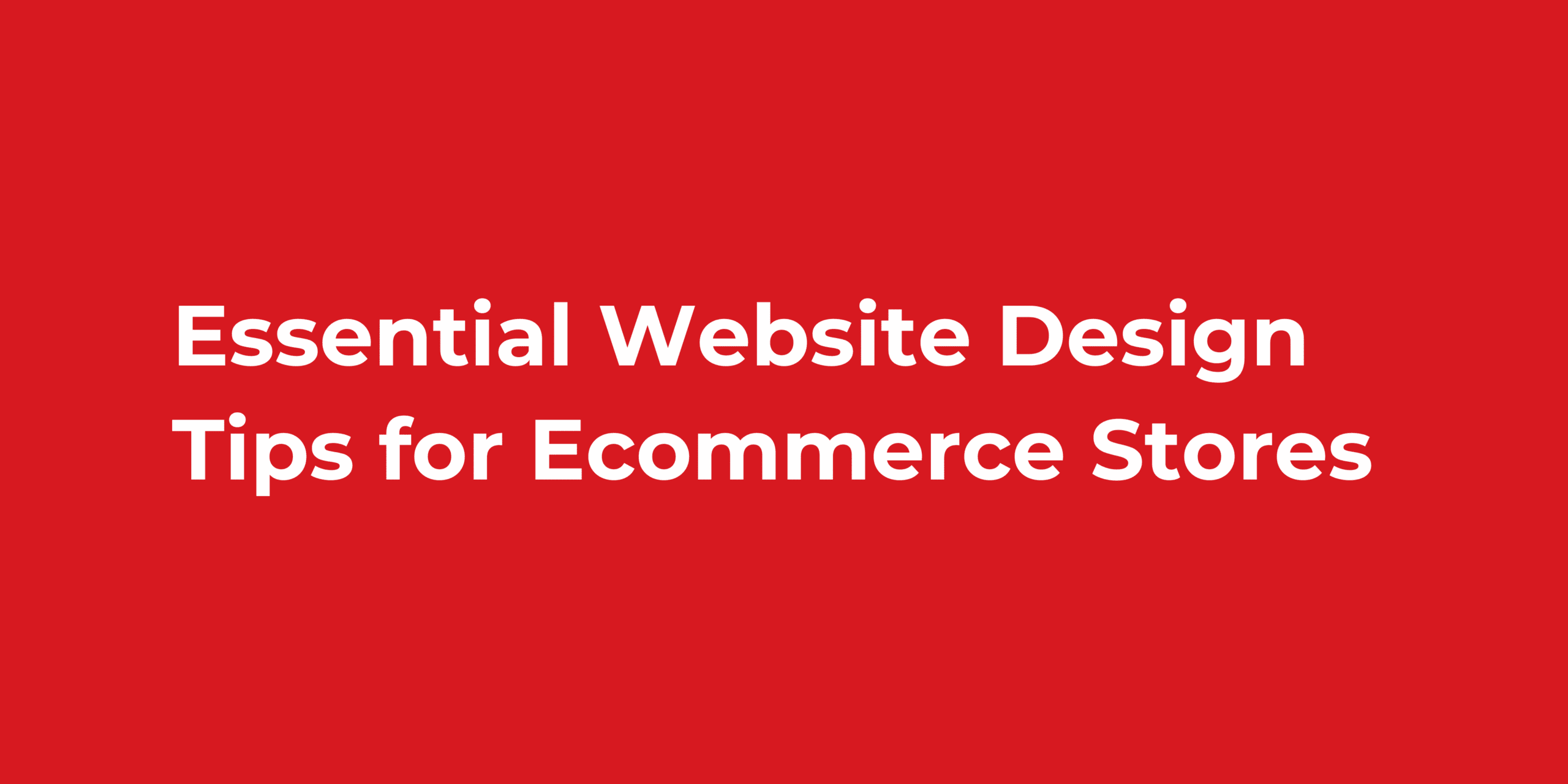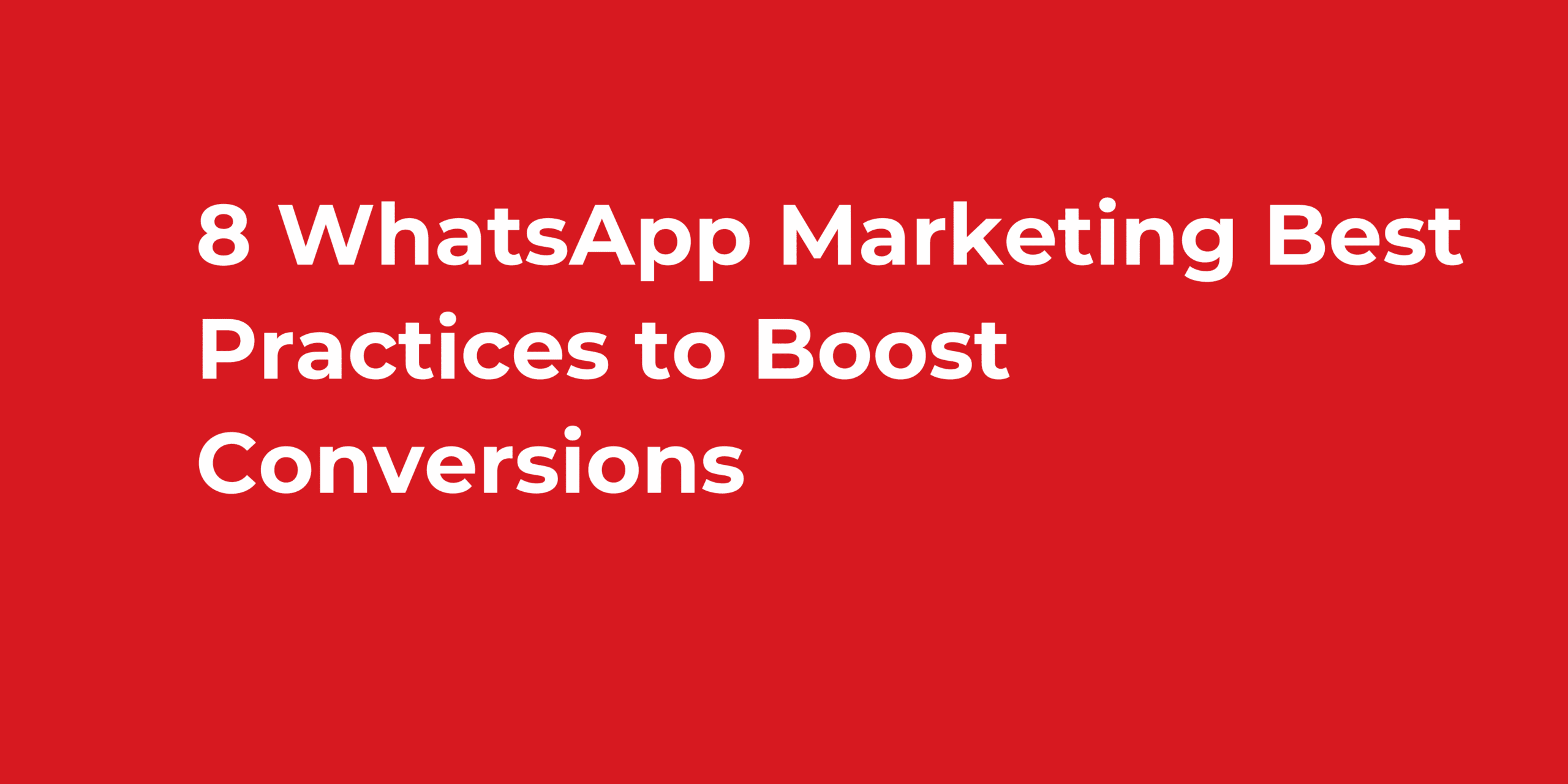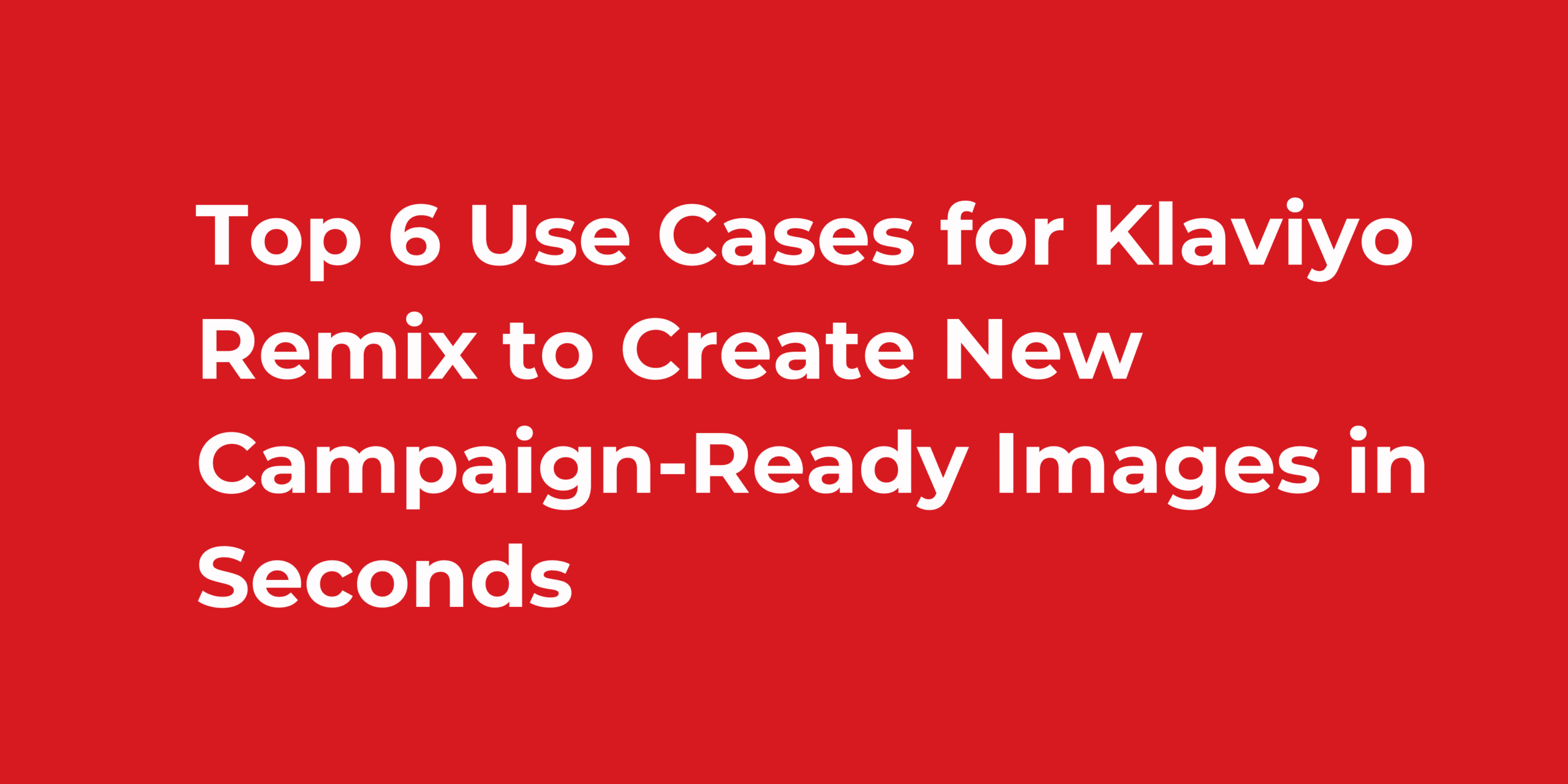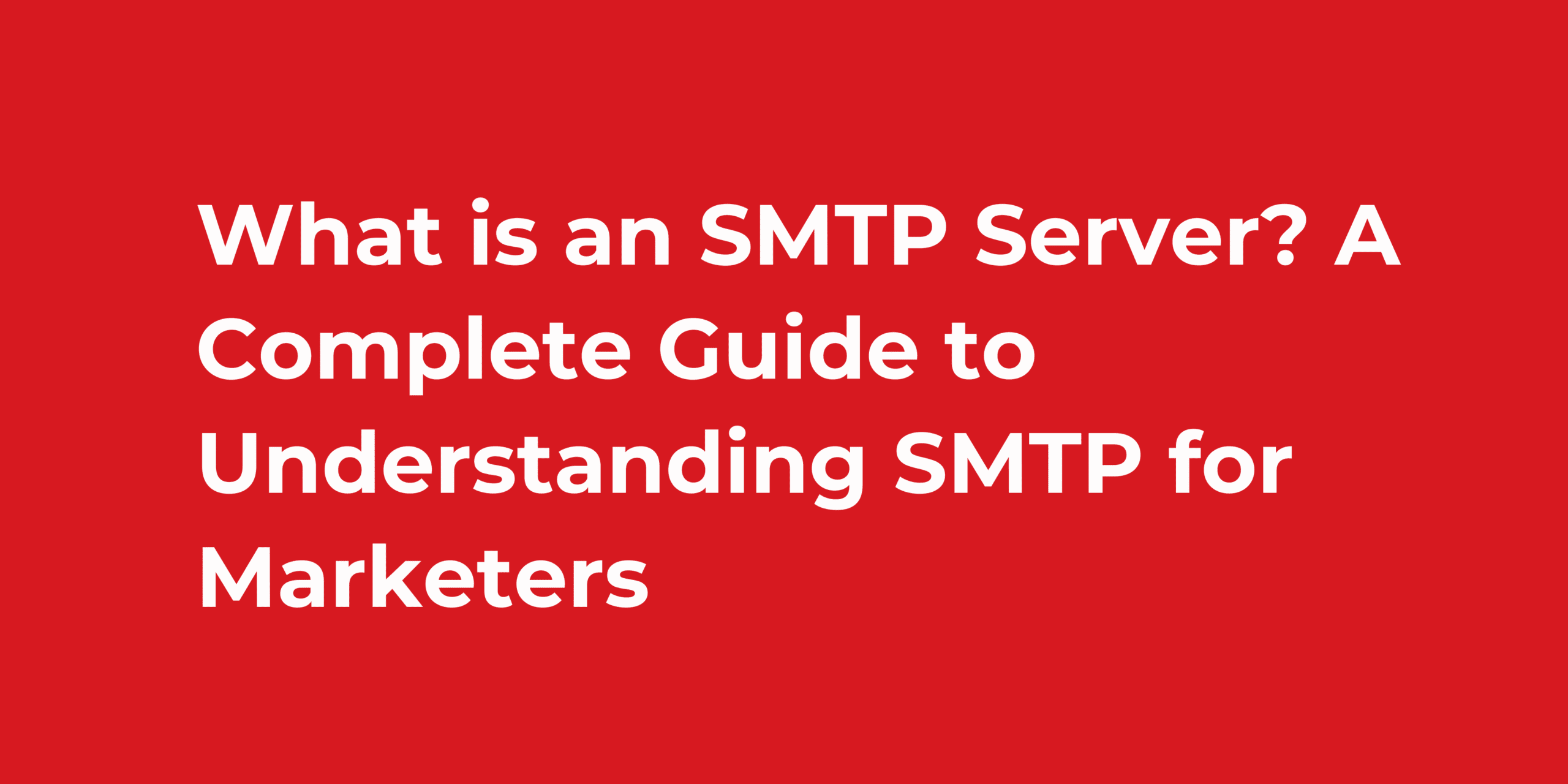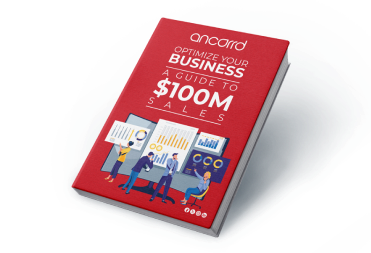Setting up klaviyo email flows is one of the most powerful ways to transform your e-commerce business. Email marketing delivers an average return of $36 for every $1 spent, but achieving these results requires more than basic campaigns—you need sophisticated automation that delivers the right message at the perfect moment.
In this guide, you’ll learn exactly how to configure Klaviyo email flows and build high-converting email automation that turns casual browsers into loyal customers and drives consistent revenue for your online store.
Why Klaviyo is the Best Platform for Email Automation
Before diving into setup, let’s understand what makes Klaviyo the leading choice for creating klaviyo email flows in e-commerce:
Deep E-Commerce Integration: Klaviyo connects seamlessly with Shopify, WooCommerce, BigCommerce, and other platforms, automatically syncing customer data, browsing behavior, and purchase history in real-time.
Advanced Segmentation: Create laser-focused audience segments based on customer actions, purchase patterns, engagement levels, and custom properties to ensure every message resonates.
Predictive Analytics: Leverage AI-powered insights to predict customer lifetime value, identify churn risks, and determine optimal send times for each subscriber.
Revenue Attribution: Track precisely how much revenue each email, flow, and campaign generates, making it simple to measure ROI and optimize your marketing strategy.
Setting Up Your Klaviyo Account: Step-by-Step
Step 1: Create Your Account and Connect Your Store
Begin by creating your Klaviyo account and integrating your e-commerce platform. The connection process typically takes just minutes:
- Navigate to the Integrations section in your dashboard
- Select your e-commerce platform (Shopify, WooCommerce, etc.)
- Complete the authentication process
- Enable data syncing for orders, products, and customer information
Once connected, Klaviyo automatically imports historical data and begins tracking real-time customer behavior on your website.
Step 2: Configure Email Authentication Settings
Before sending any emails, authenticate your domain to maximize deliverability and build sender reputation:
Set Up Domain Authentication: Add the required DNS records (SPF, DKIM, and DMARC) to your domain settings. This verification proves you’re authorized to send emails from your domain and dramatically improves inbox placement.
Create Your Sending Profile: Configure your brand name, from email address, and reply-to address. Always use a branded email (like [email protected]) instead of generic providers like Gmail.
Design Your Master Template: Build a reusable template featuring your logo, brand colors, social media links, and footer information to maintain consistency across all klaviyo email flows.
Image: Klaviyo email flows template design interface Alt Text: Klaviyo email flows template customization showing brand colors and layout options
Step 3: Build Your Email List Strategically
Your email list is your most valuable marketing asset. Here’s how to grow it effectively:
Create Compelling Signup Forms: Design on-brand popups or embedded forms offering irresistible incentives—discount codes, exclusive guides, or early access to new products.
Strategic Form Placement: Position forms on high-traffic pages, implement exit-intent popups, and add signup calls-to-action in your navigation and footer.
Enable Double Opt-In: This confirmation step ensures list quality and improves deliverability by filtering out invalid email addresses and bots.
Essential Klaviyo Email Flows That Drive Revenue
Automated klaviyo email flows are triggered sequences based on specific customer actions. Here are the critical flows every e-commerce brand needs:
Welcome Series Flow: Make a Memorable First Impression
Your welcome series introduces new subscribers to your brand and establishes the foundation for long-term relationships. Well-crafted klaviyo email flows for welcome series generate 3-4x more revenue than single welcome emails.
Image: Welcome email flow sequence example Alt Text: Klaviyo email flows welcome series showing automated email sequence
Email 1 (Send Immediately): Deliver within minutes of signup. Include the promised incentive, share your brand story, and showcase bestselling products. Keep the tone warm and authentic.
Email 2 (Day 2): Build trust with customer testimonials and user-generated content. Address common objections and highlight your unique value proposition.
Email 3 (Day 4): Create urgency if they haven’t purchased yet. Include a strong call-to-action and feature your most popular products with compelling social proof.
Email 4 (Day 7): Provide valuable educational content—styling tips, how-to guides, or industry insights that position your brand as an authority in your niche.
Abandoned Cart Flow: Recover Lost Revenue
With cart abandonment rates averaging 70% across e-commerce, this flow represents massive revenue opportunity. Effective klaviyo email flows for abandoned carts recover 10-15% of lost sales.
Image: Abandoned cart email automation dashboard Alt Text: Klaviyo email flows abandoned cart recovery showing conversion rates
Email 1 (1 Hour After Abandonment): Send a friendly reminder featuring product images and a direct link to their cart. Remove friction and make completing checkout effortless.
Email 2 (24 Hours Later): Address potential objections with trust signals—free shipping, easy returns, customer reviews, and security badges. Consider offering a small discount for first-time customers.
Email 3 (48 Hours Later): Create urgency with limited-time offers or low stock warnings. Craft compelling subject lines that drive opens and clicks.
Pro Tip: Segment your abandoned cart flow by cart value. High-value carts often convert without discounts, while lower-value carts may benefit from free shipping offers. This strategic approach to klaviyo email flows maximizes profitability.
Browse Abandonment Flow: Capture Window Shoppers
Many visitors browse products without adding items to their cart. Capture these potential customers with targeted browse abandonment emails:
Email 1 (4-6 Hours After Browsing): Remind them of viewed products with high-quality images and persuasive descriptions. Include personalized recommendations based on their browsing history.
Email 2 (24 Hours Later): Share authentic reviews and social proof for the browsed products. Show why other customers love these items and build confidence in their purchase decision.
Post-Purchase Flow: Build Lasting Customer Relationships
The customer journey doesn’t end at checkout. Post-purchase flows build loyalty and encourage repeat purchases—which are 5x more profitable than acquiring new customers.
Email 1 (Immediately After Purchase): Send order confirmation with tracking details and clear delivery expectations. Include helpful resources or setup instructions if applicable.
Email 2 (Upon Delivery): Request feedback and product reviews. Make it easy with direct links to your review platform and consider offering a small incentive for completing reviews.
Email 3 (Two Weeks Post-Delivery): Share care instructions, usage tips, or complementary product recommendations based on their purchase history.
Email 4 (30 Days Later): Cross-sell related products or offer a repeat purchase incentive for consumable items. Show them you understand their needs.
Win-Back Flow: Re-Engage Dormant Customers
Reconnect with customers who haven’t purchased recently (define this timeframe based on your typical purchase cycle):
Email 1 (60-90 Days Inactive): Remind them why they loved your brand originally. Showcase bestsellers, new arrivals, or product innovations they’ve missed.
Email 2 (7 Days Later): Offer an exclusive “we miss you” discount to incentivize their return. Make them feel valued and special.
Email 3 (7 Days Later): Send a last chance email with your strongest offer or limited-time promotion. After this, consider suppressing them from promotional emails to avoid spam complaints.
Back-in-Stock Flow: Never Miss a Sale
Capitalize on customer interest when popular items return to inventory:
Email 1 (Immediate Notification): Alert customers that their requested product is back in stock with a clear, prominent call-to-action to purchase now.
Email 2 (24 Hours Later): Send a reminder if they haven’t purchased yet, emphasizing limited quantities to create urgency.
Optimization Strategies for Maximum Performance
Once your klaviyo email flows are live, continuous optimization is key to maximizing revenue. Here are proven strategies to improve performance:
Crafting Irresistible Subject Lines
Your subject line determines open rates. Implement these proven techniques:
- Personalization: Include the recipient’s name or reference their specific behavior
- Urgency: Use time-sensitive language like “ending tonight” or “last chance”
- Curiosity: Ask intriguing questions or tease valuable content inside
- Emoji Usage: Use sparingly and strategically to stand out in crowded inboxes
- Length: Keep under 50 characters for optimal mobile display
Email Design Best Practices
Mobile-First Design: Over 60% of emails are opened on mobile devices. Use single-column layouts, large tap-friendly buttons (minimum 44×44 pixels), and concise copy.
Visual Hierarchy: Guide readers through your content with clear headers, generous white space, and strategic visual elements.
Compelling CTAs: Design prominent buttons with contrasting colors and action-oriented copy like “Shop Now” or “Claim Your Discount.”
High-Quality Product Images: Showcase products in realistic settings or lifestyle contexts rather than plain white backgrounds.
Timing and Frequency Optimization
Smart Send Times: Utilize Klaviyo’s smart send time feature, which analyzes individual engagement patterns to deliver emails when each subscriber is most likely to engage.
Flow Spacing: Balance touchpoints carefully. Avoid overwhelming subscribers with too many emails in a short timeframe.
Suppression Rules: Exclude customers who’ve already converted from receiving subsequent emails in that flow sequence to prevent annoyance.
Advanced Segmentation for Better Results
Elevate your klaviyo email flows with sophisticated segmentation strategies:
Engagement-Based Segments: Separate highly engaged subscribers from inactive ones and tailor messaging frequency and intensity accordingly.
Lifecycle Stages: Create different experiences for first-time buyers versus VIP repeat customers who deserve special treatment.
Product Affinity: Segment based on preferred product categories or typical price points customers purchase.
Predictive Segments: Leverage Klaviyo’s predictive analytics to identify high lifetime value customers or those at risk of churning.
Key Performance Metrics to Track
Monitor these essential metrics to optimize your klaviyo email flows continuously:
Open Rate: Target 40-50% for automated flows (significantly higher than campaigns). Test different subject lines to improve this metric.
Click-Through Rate: Aim for 3-5% minimum. Enhance by improving content relevance, personalization, and CTA placement.
Conversion Rate: Varies by flow type, but abandoned cart flows should achieve 10-15% conversion rates.
Revenue Per Recipient: Track average revenue generated per email sent to measure overall flow effectiveness and ROI.
Flow Revenue: Monitor which flows drive the most revenue and double down on optimizing your best performers.
Common Mistakes to Avoid
Over-Discounting: Don’t condition customers to wait for discounts. Use promotional offers strategically, especially for first-time buyers or win-back campaigns.
Neglecting Mobile Experience: Always preview and test emails on multiple mobile devices before activating flows.
Generic Messaging: Segment your audience and personalize content for significantly better engagement and conversion rates.
Skipping A/B Tests: Regularly test subject lines, send times, email content, imagery, and CTAs to continuously improve performance.
Set-It-and-Forget-It Approach: Review flow performance monthly and update content seasonally to maintain relevance and effectiveness.
Integrating Klaviyo with Your Conversion Strategy
Email marketing doesn’t exist in isolation—klaviyo email flows are a crucial component of your overall conversion rate optimization strategy. When automated email flows work in harmony with optimized landing pages, strategic CTAs, and personalized user experiences, you create a powerful system that maximizes customer lifetime value.
According to Klaviyo’s official documentation, brands using advanced automation see 3x higher conversion rates compared to those relying solely on manual campaigns.
At Ancorrd, we understand that email marketing is just one piece of the conversion puzzle. Our holistic approach combines email automation with website optimization, funnel analysis, and data-driven testing to create comprehensive systems that drive sustainable growth.
Partner with Ancorrd for Expert Klaviyo Implementation
Setting up effective klaviyo email flows requires strategic thinking, technical expertise, and continuous optimization. Many e-commerce brands struggle to maximize their email marketing potential because they lack the time, resources, or specialized knowledge to build and optimize sophisticated klaviyo email flows.
At Ancorrd, we specialize in building high-converting klaviyo email flows for e-commerce brands. Our team handles everything from initial Klaviyo setup and integration to designing custom flows, creating compelling email templates, and providing ongoing optimization based on performance data.
We take a data-driven approach to email marketing, ensuring every flow is strategically designed to maximize engagement and drive measurable revenue growth. Our clients typically see conversion rate increases of 50-200% when we optimize their entire customer journey—from initial ad click through email nurture sequences.
Our Klaviyo Services Include:
- Complete platform setup and e-commerce integration
- Custom flow design and implementation
- Professional email template creation
- List building and segmentation strategies
- A/B testing and continuous optimization
- Performance tracking and reporting
- Integration with broader conversion optimization efforts
Ready to transform your email marketing into a revenue-generating machine? Contact Ancorrd today to learn how we can help you build klaviyo email flows that convert browsers into buyers and one-time customers into loyal brand advocates.
Image: Email flow performance dashboard Alt Text: Klaviyo email flows analytics dashboard showing revenue and conversion metrics
Frequently Asked Questions About Klaviyo Email Flows
How much does Klaviyo cost for email marketing?
Klaviyo offers a free plan for up to 250 contacts and 500 email sends. Paid plans start at $20/month for 251-500 contacts and scale based on your list size. Unlike many competitors, Klaviyo charges based on contacts, not email volume, making it cost-effective for businesses with engaged lists. Most e-commerce brands see positive ROI within the first month of implementing klaviyo email flows.
How long does it take to set up Klaviyo email flows?
Basic Klaviyo setup and integration can be completed in 1-2 hours. However, building comprehensive, optimized email flows typically takes 2-4 weeks when done properly. This includes creating custom templates, writing compelling copy, setting up proper segmentation, and testing all automations. Working with an experienced agency like Ancorrd can significantly speed up this process and ensure best practices from day one.
What’s the difference between Klaviyo flows and campaigns?
Klaviyo flows are automated email sequences triggered by specific customer actions (like abandoning a cart or making a purchase). They run continuously in the background. Campaigns are one-time email broadcasts you manually send to specific segments, typically for promotions, announcements, or newsletters. Flows generally generate higher revenue per email because they’re timely and personalized to individual customer behavior.
Can I use Klaviyo with Shopify, WooCommerce, or other platforms?
Yes, Klaviyo integrates seamlessly with all major e-commerce platforms including Shopify, WooCommerce, BigCommerce, Magento, and many others. The integration syncs customer data, purchase history, product catalogs, and browsing behavior automatically. This deep integration is what makes Klaviyo’s personalization and automation so powerful compared to generic email platforms.
What’s a good conversion rate for abandoned cart emails?
A well-optimized abandoned cart flow should recover 10-15% of abandoned carts, though top-performing flows can achieve 15-20%. Conversion rates vary based on industry, average order value, and flow optimization. Key factors include timing (sending within 1 hour of abandonment), personalization, mobile optimization, and strategic use of incentives for new customers.
Do I need design skills to create Klaviyo email templates?
No, Klaviyo offers drag-and-drop email builders and pre-built templates that require no coding or design experience. However, custom-designed templates that match your brand identity typically perform better. Many brands work with agencies like Ancorrd to create professional, high-converting email templates that align with their brand guidelines and conversion goals.
How often should I update my Klaviyo email flows?
Review your klaviyo email flows at least monthly to check performance metrics. Update content quarterly or seasonally to keep messaging fresh and relevant. Immediately update flows when you change pricing, shipping policies, or major promotions. Continuous A/B testing of subject lines, content, and CTAs should be ongoing to incrementally improve performance over time.
Can Klaviyo help with SMS marketing too?
Yes, Klaviyo offers integrated SMS marketing alongside email. You can create flows that combine email and SMS touchpoints, reaching customers through their preferred channels. SMS typically has higher open rates (98% vs 20% for email) but is more expensive per message. Many brands use SMS for urgent, time-sensitive messages like abandoned carts or back-in-stock alerts.
What’s the most important email flow for e-commerce?
While all flows are valuable, the abandoned cart flow typically drives the most immediate revenue because it targets high-intent customers who were ready to purchase. However, the welcome series is crucial for long-term customer relationships and lifetime value. The best strategy is implementing all essential flows (welcome, abandoned cart, post-purchase, and browse abandonment) to capture revenue at every stage of the customer journey.
How do I improve my email deliverability in Klaviyo?
Maintain strong deliverability by: authenticating your domain with SPF, DKIM, and DMARC records; regularly cleaning your list by removing inactive subscribers; using double opt-in for new signups; avoiding spam trigger words in subject lines; maintaining consistent sending patterns; and monitoring engagement metrics. Klaviyo provides deliverability tools and reports to help you maintain a strong sender reputation.
About Ancorrd: We’re a conversion rate optimization agency specializing in email marketing, retention strategies, and performance optimization. Our mission is to help online brands build sustainable, profitable customer relationships through data-driven marketing automation and comprehensive CRO strategies.
